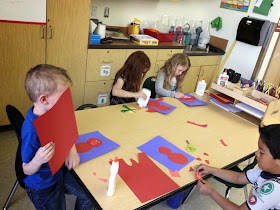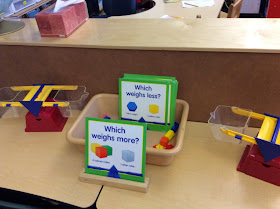Spring is approaching, and with it, comes the reality that some students are not on target to master a majority of academic materials assigned to their grade level. Will retention help these struggling students reach grade-level proficiency?
The decision to retain is often a contentious topic. Some say that retaining a student will simply set him/her up for social and/or behavioral challenges in the repeated grade. According to Goos,M., Van Damme, J., Onghena, P., & Petry,K. in their work, First-grade retention: Effects on children’s actual and perceived performance through elementary school (2010) “Although retained students started their repeated grade with an advantage in math and reading relative to their grade-mates, this advantage was lost by the end of elementary school.”
Conversely, others may say that retaining a student will give him/her the gift of time. The time to review all academic concepts previously presented with further opportunities for strategic intervention. The time to develop, mature, and hopefully thrive.
When considering retention, there are many factors to determine.
Why is the student’s academic performance poor?
Is the performance related to the child’s developmental level?
Is the child from a low income household?
Is the child a English Language Learner?
Does the child have a summer birthday?
Is the child a boy?
What is the child’s physical size?
Does the child exhibit immature behaviors?
Do the parents help with homework, participate in school activities and/or volunteer?
Did the child have excessive absences?
Is the child transient?
Is the child motivated to complete tasks?
Is the child of typical intelligence?
The decision to retain is not to be taken lightly. It will effect the entire life of the child in question. My opinion? After years of experience I have to agree with this
article that was published in September 2014 in the Journal of Social Forces. However, I will say that August birthdays are a completely different subject. Kudos to the states who have moved the kindergarten entrance to July 31st.





















.jpg)












